AISI 301 / AISI 302 | EN 1.4310 | DIN X10CrNi18-8 | 07Х16Н6 - is an austenitic stainless steel with good corrosion resistance and weldability. It has high strength and ductility. It is very widely used in the production of springs as it is a high-strength stainless steel.
Due to its moderate carbon content, this grade of stainless steel is prone to sensitization.
The formation of chromium carbides and associated chromium areas that form around these precipitates makes this class of steel susceptible to intergranular corrosion.
Technological properties
⓵ Welding
This stainless steel is mainly used for the production of springs, which usually do not require welding. However, if welding is required, it is welded with or without filler. If filler is required, it is recommended to use stainless steel grade AISI 308L. When carrying out welding work, it is necessary to observe the maximum temperature of the interval of 200 °C. Post-weld heat treatment is not required. Please note that when welding cold-worked parts, the weld zone will exhibit significantly reduced mechanical properties compared to the rest of the weld.
⓶ Forging
AISI 301 / AISI 302 | EN 1.4310 is usually heated to between 1150 °C and 1180 °C, so that forging takes place at temperatures between 1200 °C and 900 °C. After forging, air cooling or water quenching follows when there is no risk of distortion.
⓷ Processing
The combination of low thermal conductivity and very high hardening rate make this stainless steel difficult to process. When processing, it is necessary to maintain the required cutting parameters using the appropriate cutting tool.
Physical properties
| Density g/cm³ | 7,9 |
| Magnetic properties | non-magnetic |
| Specific heat capacity at +20°C, J/kg*K | 500 |
| Thermal conductivity at +20°C, W/m*K | 15 |
| Specific electrical resistance at +20°C, μOhm*m | 0,73 |
| Temperature | +20°С | +100°С | +200°C | +300°С | +400°С | +500°С |
| Modulus of elasticity, GPa | 200 | 194 | 186 | 179 | 172 | 165 |
| Coefficient of linear expansion, 10-6/°C | 16,0 | 16,0 | 17,0 | 17,0 | 18,0 | 18,0 |
Chemical composition
Chemical composition of steel grade AISI 301 / AISI 302 | EN 1.4310 | DIN X10CrNi18-8 | |||||||||
| C | Si | Mn | P | S | Cr | Mo | Ni | N | Fe |
| 0,05 - 0,15 | <1,00 | <2,00 | <0,045 | <0,015 | 16,0 - 19,0 | <0,80 | 6,0 - 9,5 | <0,10 | Other |
Although all standards indicate that this steel is not resistant to intercrystalline corrosion, it is resistant to this form of corrosion in the appropriate condition. AISI 301 / AISI 302 has found wide application as a spring material in the food and beverage industry, where a combination of good mechanical properties and corrosion resistance is required. The corrosion resistance of this steel in most common food and beverage applications is quite good, but due to the low nickel content in EN 1.4310, it is not as corrosion resistant as AISI 304 / EN 1.4301. It should also be borne in mind that the corrosion resistance of AISI 301 / 302 decreases with increasing cold deformation. The higher the strength, hardness of such a stainless material, the lower its corrosion resistance will be.
Please note: surface condition plays a very important role in the corrosion resistance of this steel. Parts and structures with polished surfaces have much higher corrosion resistance compared to rougher surfaces on the same material.
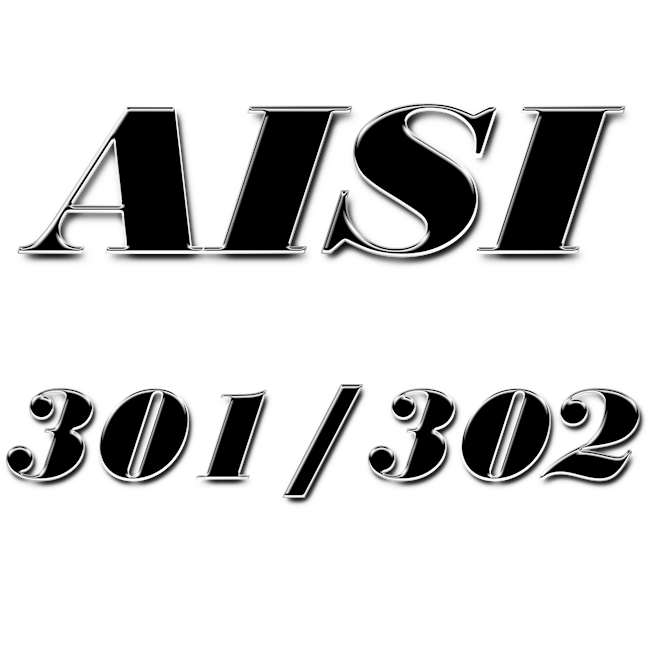
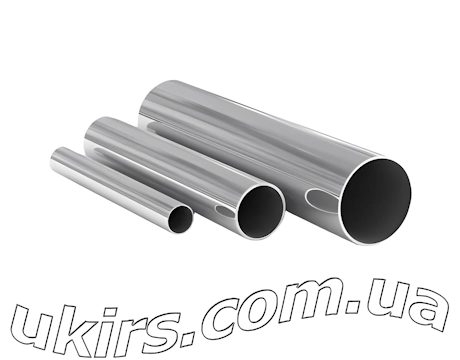 Stainless Steel Round Pipe
Stainless Steel Round Pipe 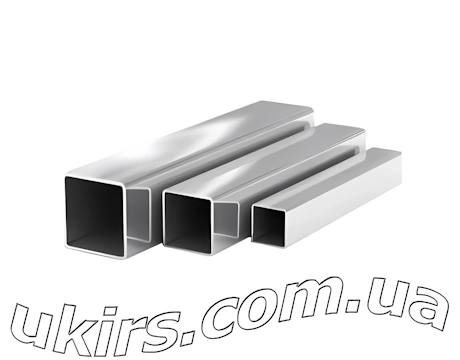 Stainless Steel Square Pipe
Stainless Steel Square Pipe 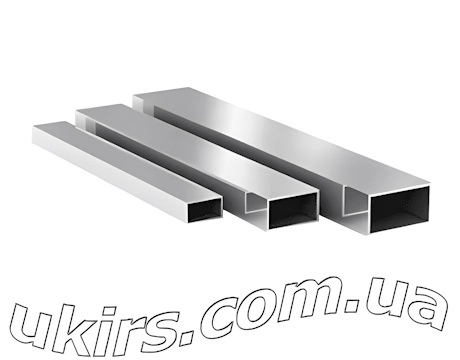 Stainless Steel Rectangular Pipe
Stainless Steel Rectangular Pipe 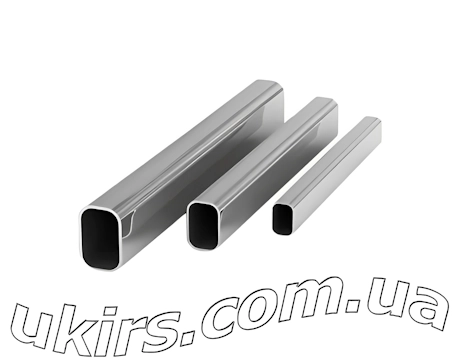 Stainless Steel Oval Pipe
Stainless Steel Oval Pipe 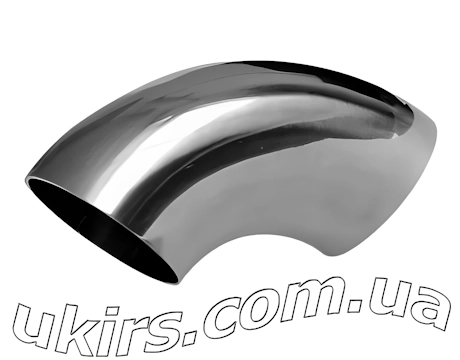 Stainless Steel Elbow
Stainless Steel Elbow 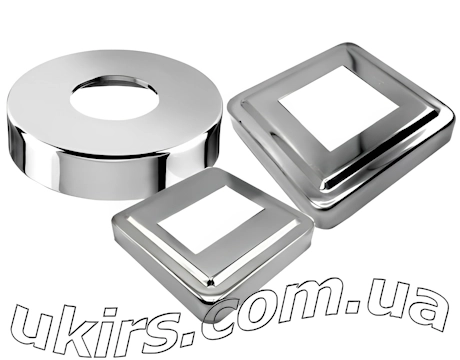 Stainless Steel Decorative Cover
Stainless Steel Decorative Cover 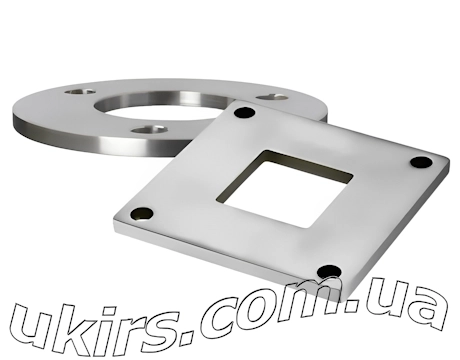 Stainless Steel Flange
Stainless Steel Flange 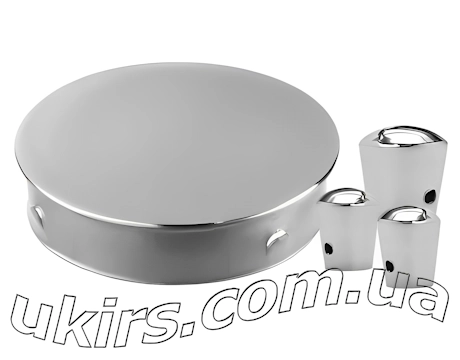 Stainless Steel Plug / Cap
Stainless Steel Plug / Cap 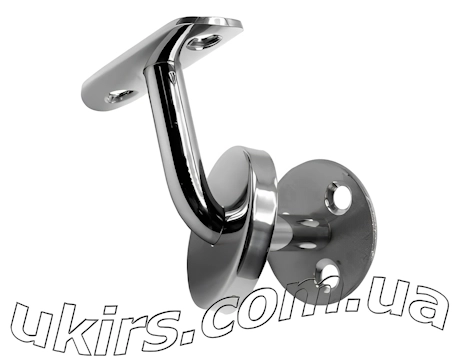 Stainless Steel Handrail Holder
Stainless Steel Handrail Holder